Architecture writer Andrew Blum has always focused on the physical landscape: our cities, our buildings, the places in which we live and work. Yet along with the rest of us, he says, he’s realized that over the past few years our relationship with the physical world has changed. We look at screens, a world with no physical presence. Thinking about this, Blum realized that he had no clear picture about the physical nature of the Internet.
Then something happened. Blum’s internet broke. A sadly all-too-common occurrence, it nonetheless prompted a revelation. “The cable guy came to fix it, and he started with some dusty cables behind the couch which he followed out of the building to the basement to the backyard, where there was a jumble of wires along the back wall. Then he saw a squirrel. ‘There’s your problem,’ he said. ‘A squirrel is chewing on your internet.'” This, says Blum, seemed ridiculous. “The internet is a transcendent idea,” he says. “It was unequivocally not something a squirrel could chew on.”
So Blum got to wondering what might happen if he carried on tugging on that wire in his backyard, to see where it might go and whom he might meet along the way. So he did. He’s spent the past three years tracking the physical world of the Internet for his new book, Tubes, and it turns out: “It’s a remarkable place filled with data centers that use as much electricity as the cities in which they sit,” he says. “And it’s surprisingly physical and surprisingly intimate.”
What fascinated Blum the most was the undersea cables that stretch around continents to help make the Internet a global phenomenon. Incredibly small on one level, on another they are incredibly expansive, stretching for thousands of miles along the ocean floor. And while the physical process is simple — light goes in on one side of the ocean and light comes out on another — it’s equally incredibly sophisticated. The fibers are the thickness of a hair, yet these cables connect continents.
Blum introduces us to Simon Cooper, an English man who until recently worked for Tata Communications. “We’ve only communicated via the Telepresence system, which makes me think of him as the man inside the internet,” Blum jokes. Cooper helped Tata to lay cables across both the Atlantic and the Pacific, to build a “belt around the world,” and he helped Blum get access to watch what happens when a cable is actually being laid, “when a continent is being plugged in.”
With four days’ notice, Blum headed to a beach south of Lisbon. And, just as Cooper had described, “a little after 9 o’clock, this guy will walk out of the water.” He was carrying the messenger line, the first link between sea and land. The process from then on is entirely physical. The cable, hanging in the water from orange buoys, is aligned, and the the diver gets back into the sea and cuts it free of its buoys with a large knife.
Then the engineers prepare to connect it, firstly using hacksaws to shave at the plastic sheathing, finally working “like jewelers to get the hairline fibers to connect.”
Finally, once the cable is connected, the engineers replace the manhole cover, cover it with sand, and then: “We forget all about it,” he says. “That’s a shame. We talk a lot about the cloud, and when we put something on the cloud we give up some responsibility for it; we are less connected to it.”
Perhaps, he suggests, we might rethink our relationship with the Internet. To close, he quotes Neal Stephenson: “Wired people should know something about wires.” As far as Blum is concerned, we should know where the Internet comes from. “We should know what it is that physically connects us all.”
[Images c/o Andrew Blum]
Photos: James Duncan Davidson
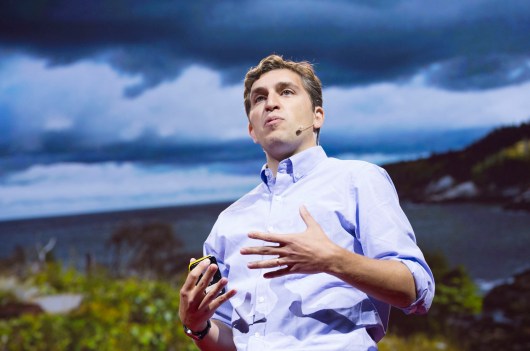
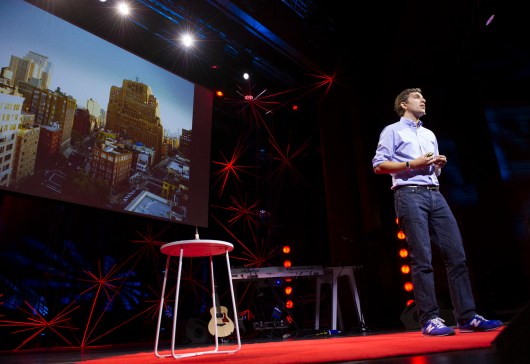
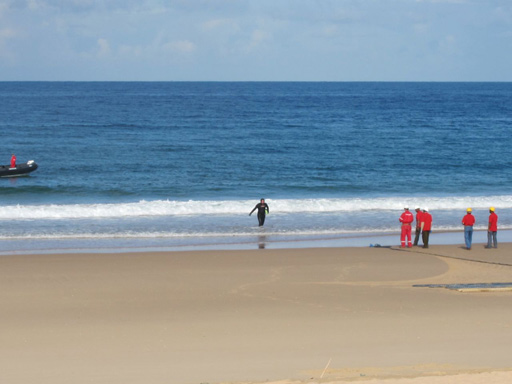
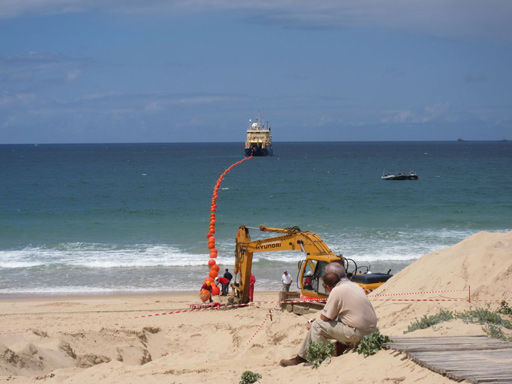
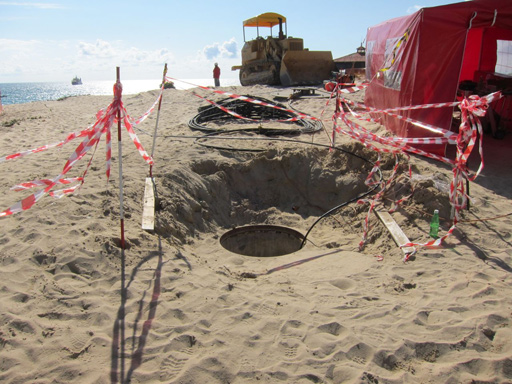
Comments (13)
Pingback: Official Kalpa
Pingback: order kalpatropin
Pingback: A Letter To an Online Teacher: Create Your World! - Official WizIQ Teach Blog | Official WizIQ Teach Blog
Pingback: La storia di Internet non nasce nel cyberspazio, ma in quello fisico
Pingback: Labor Day Offers Opportunities to Reflect on the Power of Collaboration « Workshop Louisville Blog
Pingback: Thank the People Who Really Matter | Sirchon News - Breaking News, Celebrity News, and more
Pingback: Thank the People Who Really Matter | Bootstrap Ventures
Pingback: Thank the People Who Really Matter | Augusta Blog
Pingback: Thank the People Who Really Matter | Invoice Factoring at Light Speed
Pingback: Thank the People Who Really Matter | moneyrabbit.info
Pingback: Wrapping Up | medigitally